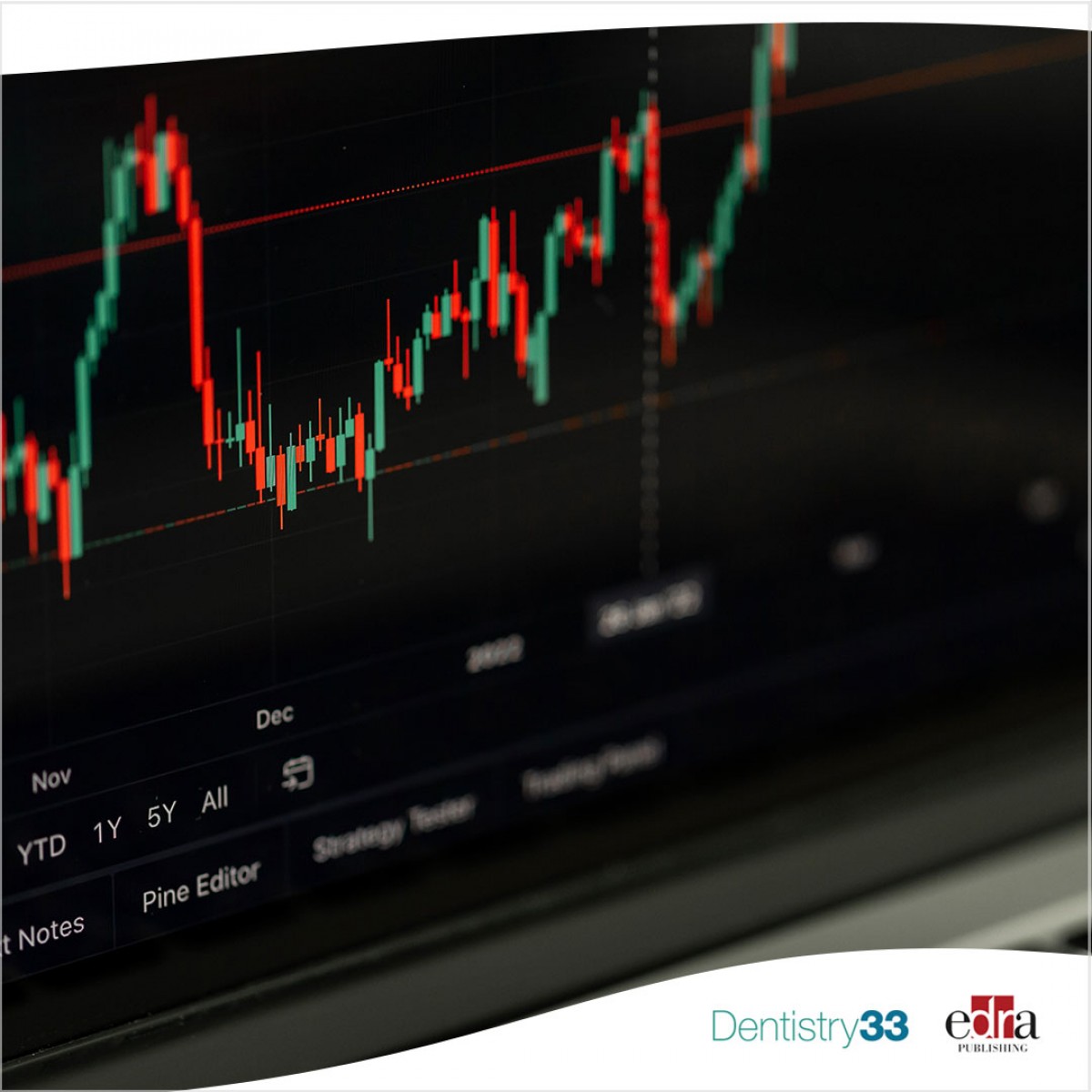
Derivatives: It is important to know how they work
Luigi Campopiano
The first associations that form in the minds of many people about the word ‘derivatives’ are financial crises that have triggered chain reactions, gigantic financial institutions one step away from default, and billions of dollars and euros burned in a few minutes. The cause of all the major financial collapses of the modern era, however, cannot be attributed to derivatives. Instead, they occurred due to the unregulated use of these instruments and because of gigantic and very risky exposures created by the so-called financial giants.
By high-risk securities — held by large investment banks and investment companies or institutions — we mean assets within which we find the so-called toxic securities. In most cases, these assets are nothing more than structured derivative instruments with volatile underlying assets with a very high-risk coefficient that has become "junk" given their value is close to zero.
This greed to gorge on derivatives should not have occurred. The use of these instruments is mainly due, especially for banks, to a temporary hedging function as protection from other assets in the portfolio.
Instead, as often happens, the mere idea of being able to multiply profits exponentially, which is possible with derivatives, has prompted these financial giants to expose themselves more than necessary without any protection. In these cases, a small crisis is enough to bankrupt the weakest and in serious difficulties the strongest.
But what is a derivative instrument? The meaning is inherent in the term: an instrument whose price derives from the performance of an underlying asset which can be both of a financial nature — shares, indices, rates — and a real nature, like commodities. Examples of derivatives include:
- Futures. Like all derivatives, this is an agreement between two parties to buy and sell a certain asset at a future date at a set price. Futures are traded on regulated markets for which the financial institutions that manage the listing guarantee their payment through mechanisms also known as honorability since the parties interpose an automated intermediary third party called the clearing house, which ensures payments by requesting guarantee margins from entities admitted to the market;
- Forwards. Similar to futures but traded on OTC (over the counter) secondary markets, they envisage direct negotiation between the contracting parties. In many countries, an intermediary, defined as central counterparties, prevents any of the counterparties from assuming the risk of insolvency against these counterparties. They are largely used by investment banks to hedge exchange rate risks on the sidelines of transactions involving different currencies or by large multinational companies that agree with financial institutions. Futures and forwards are both forward contracts;
- Spot contracts are instant settlement agreements between parties;
- Swaps. Agreements between the parties for the exchange of cash flows generated by two different financial products;
- Options. They involve the right to buy or sell an asset by a certain date at a certain price.
How does all of this translate? By simply establishing the financial goal to be pursued through three different strategies:
- Speculation. Opening positions, assuming high risks to exploit the movements of the underlying assets of the derivatives that are allocated in the portfolio;
- Hedging. It serves to reduce the financial risk of the portfolio in certain specific moments. In this case, the derivatives are like counterweights that generate profits in the opposite direction of our existing portfolio;
- Arbitrage. It consists of locking in a risk-free profit by simultaneously entering into transactions on two or more markets.
Among non-professional traders, the use of derivatives is usually for speculative purposes and rarely for hedging purposes. It often tends towards highly leveraged products, meaning assuming a risk many times greater than the absolute value of the capital destined for the market.
In these cases, larger amounts of money than what is invested are often lost, which is the main reason for the collapses mentioned above. The risks assumed were much higher than the ability to recover the exposures through replenishment of the margins necessary for the purpose.
After 2008, due to more stringent regulations aimed at avoiding such disasters, many banks and trading companies imposed on their customers who operate in derivatives the limits beyond which the positions are automatically closed. This was established precisely to avoid sudden and painful bleeding that is difficult to stop.
In conclusion, the problem is not the derivatives but, as often happens, their use.
 Read more
Read more
Digital Dentistry 19 November 2025
Increasing awareness of tooth fracture, both complete and incomplete, as a significant disease entity has led to improved diagnostic techniques.
Editorials 19 November 2025
As Ellen Simmons-Shamrell of the Class of 1977 wrote her annual check for the Michael D. Scotti, DMD Endowed Scholarship—established in memory of her late classmate—she reflected on how different...
Products 19 November 2025
Smartee Denti-Technology has unveiled the Smartee Digital Orthodontic Technology Exhibition Hall, a 1,200-square-meter space dedicated to showcasing the company’s innovations in clear aligner...
News 19 November 2025
Coupa, the global leader in AI-powered spend management, today announced a new collaboration with Specialized Dental Partners, a premier dental support organization (DSO) dedicated to enabling its...
News 19 November 2025
Breakthrough T1D has been selected as a 2025 Health Access Hero Award grant recipient by Sun Life U.S. and DentaQuest.










